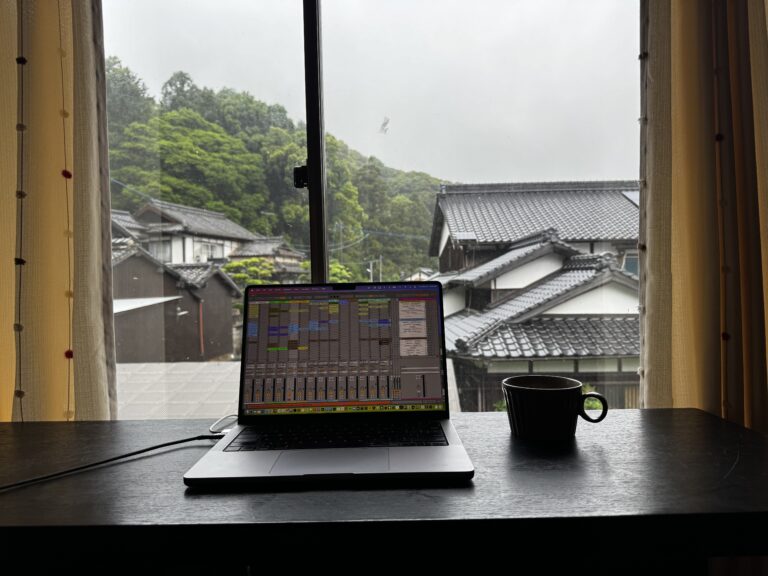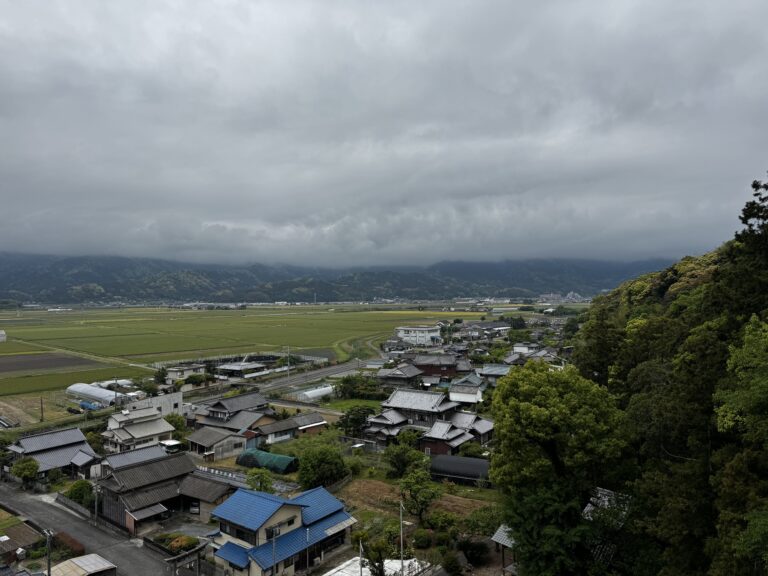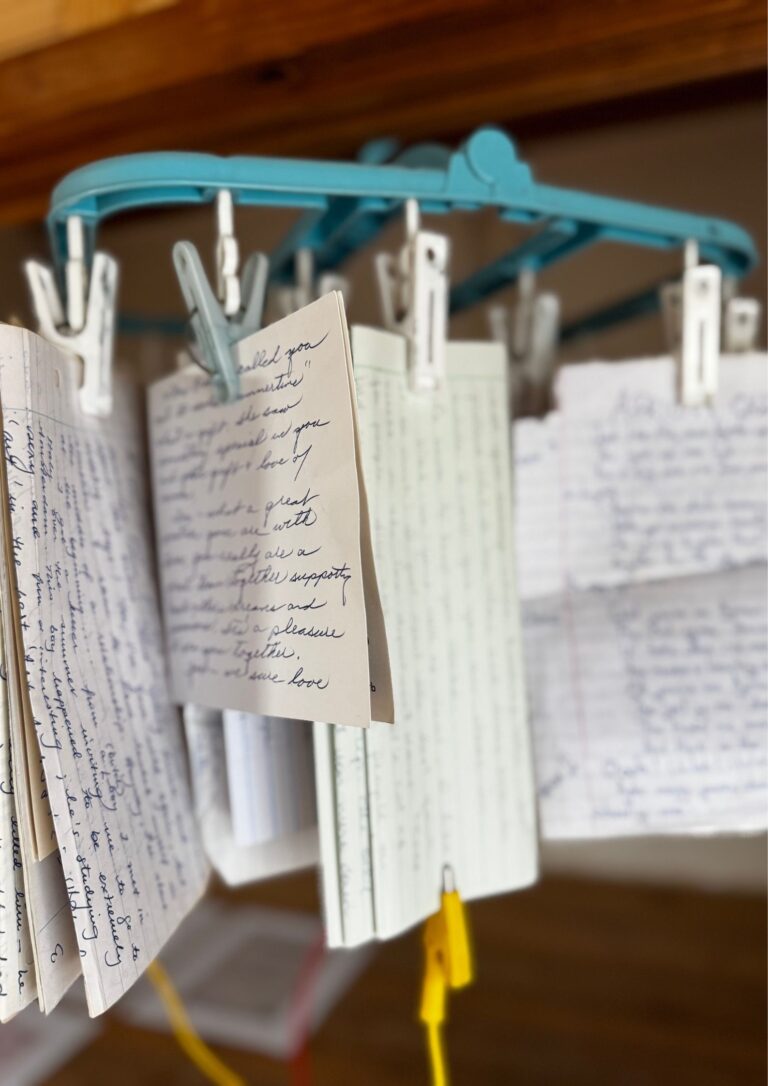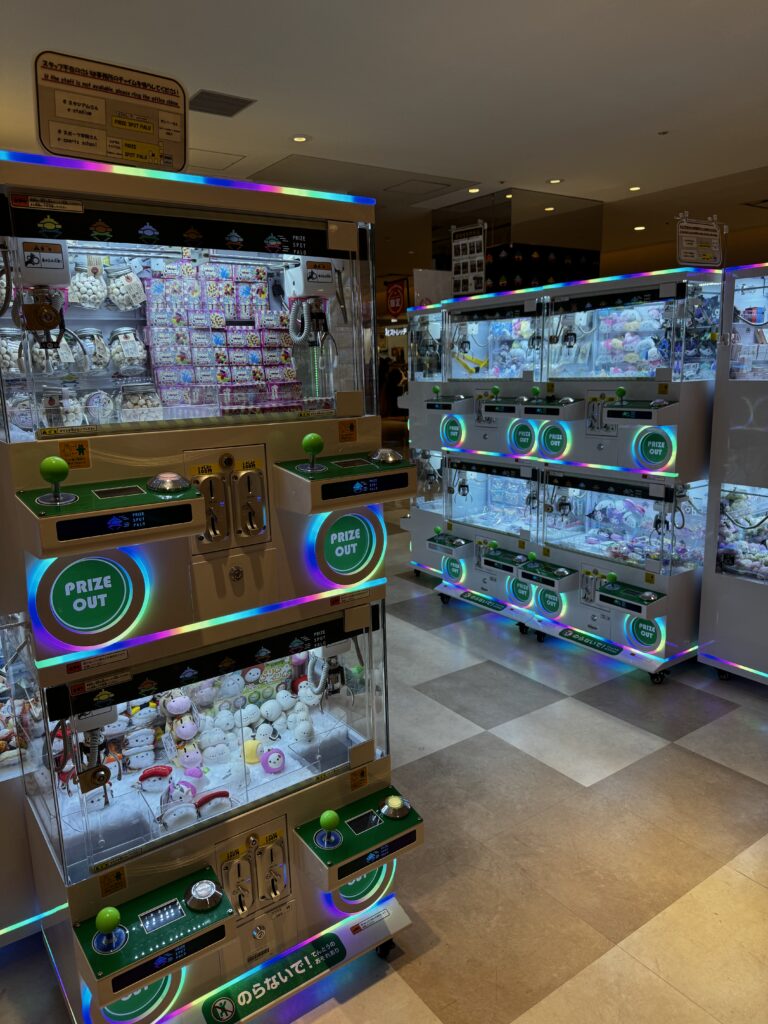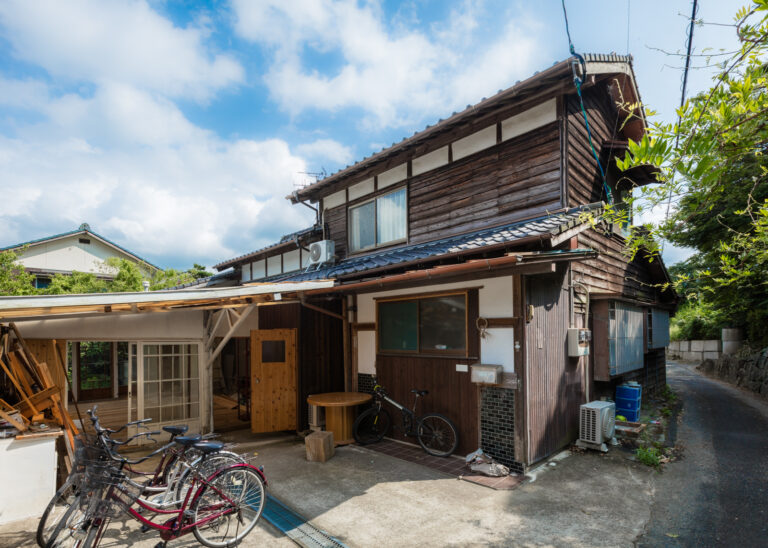
In May 2025, I traveled to Itoshima, a coastal town in southern Japan, for an artist residency that blurred the boundary between memory and sound. Each day, I walked past rice fields outside my door and carried fragments of my past—letters, home videos, remembered voices—into the studio, layering them with field recordings and natural sounds gathered in Japan.
During my time there, I composed Wildroot & Amber—five songs that move between the intimate and the elemental. The music works like an apothecary of sound: jars filled with traces, fragments preserved, whispers held in glass.
Wildroot & Amber is not a search for cures, but a way of remembering. In this work, the apothecary becomes sonic: a place where each piece is a tincture, a relic, a vessel for what might otherwise be lost.
The project also extends beyond music into an interactive installation. Glass jars—wired to respond to touch—release layers of Itoshima’s voices, winds, and waters, letting the listener reach into a shelf of memory. What emerges is a liminal space where sound becomes a keeper of moments, a quiet offering from body, voice, and world.
Wildroot & Amber is both a collection and an invocation—a sonic apothecary shaped by rice fields, ritual, and memory. Not a promise to heal but an invitation to listen, it gathers fragments of letters, voices, and field recordings into vessels of sound. Each piece is less prescription than potion, each sound a trace, each fragment a container for what might otherwise be lost.
Memory through Sound
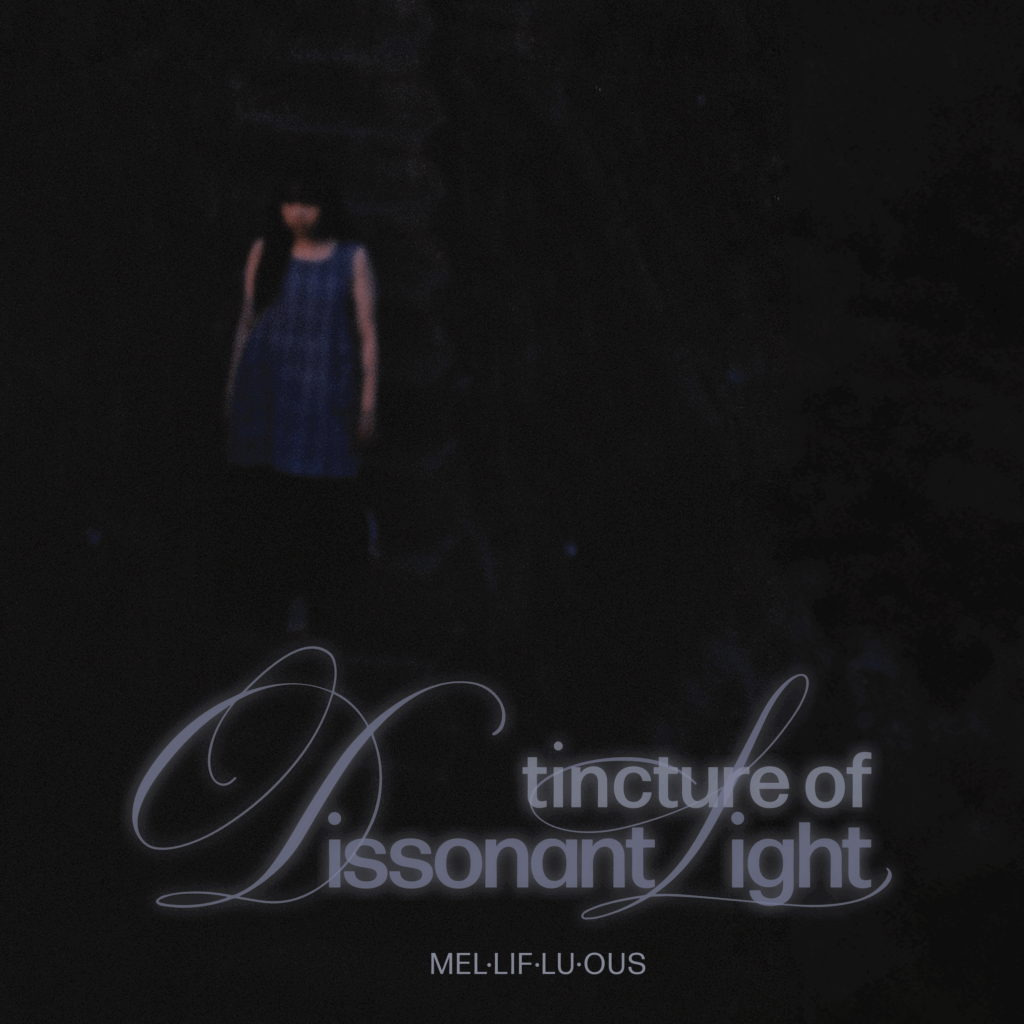
You arrive in flickers and glimmers, like a dream clinging to waking. In the pauses, I hear you—a half-remembered feeling the body knows before the mind does. You stay just out of reach, and I gather you in sound, sharp and soft, not to fix you but to hold you, because even in pieces, you are whole.
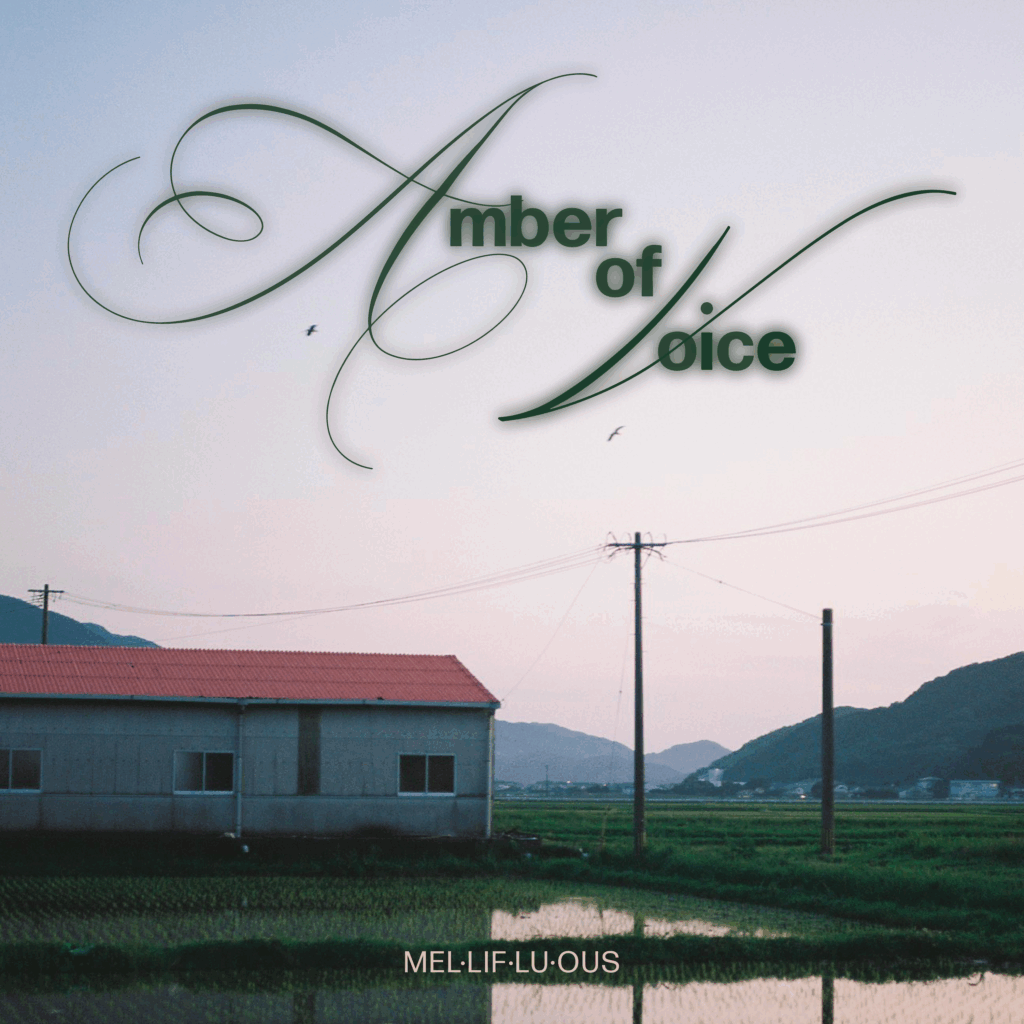
A voice preserved not as it was but as it once felt, soft and enduring.
I hear you, faint and flickering, not in words but in warmth, in the hush between breaths, in tones that soften the air. You are suspended here, held in the light of memory, not vanished, only slowed. You moved with tenderness, laughed in pieces, wept in places unseen. Your echo remains, not sharp or whole, but glowing, the shape of your voice wrapped around mine.

In the hush of space, a voice returns, not loud, not entirely clear, but steady and certain.
A sonic offering to those who came before. It moves like breath, touching what was left unsaid. This isn’t remembrance, but resonance. The past doesn’t speak—it hums. And in that hum, we listen. We feel. We hear you.
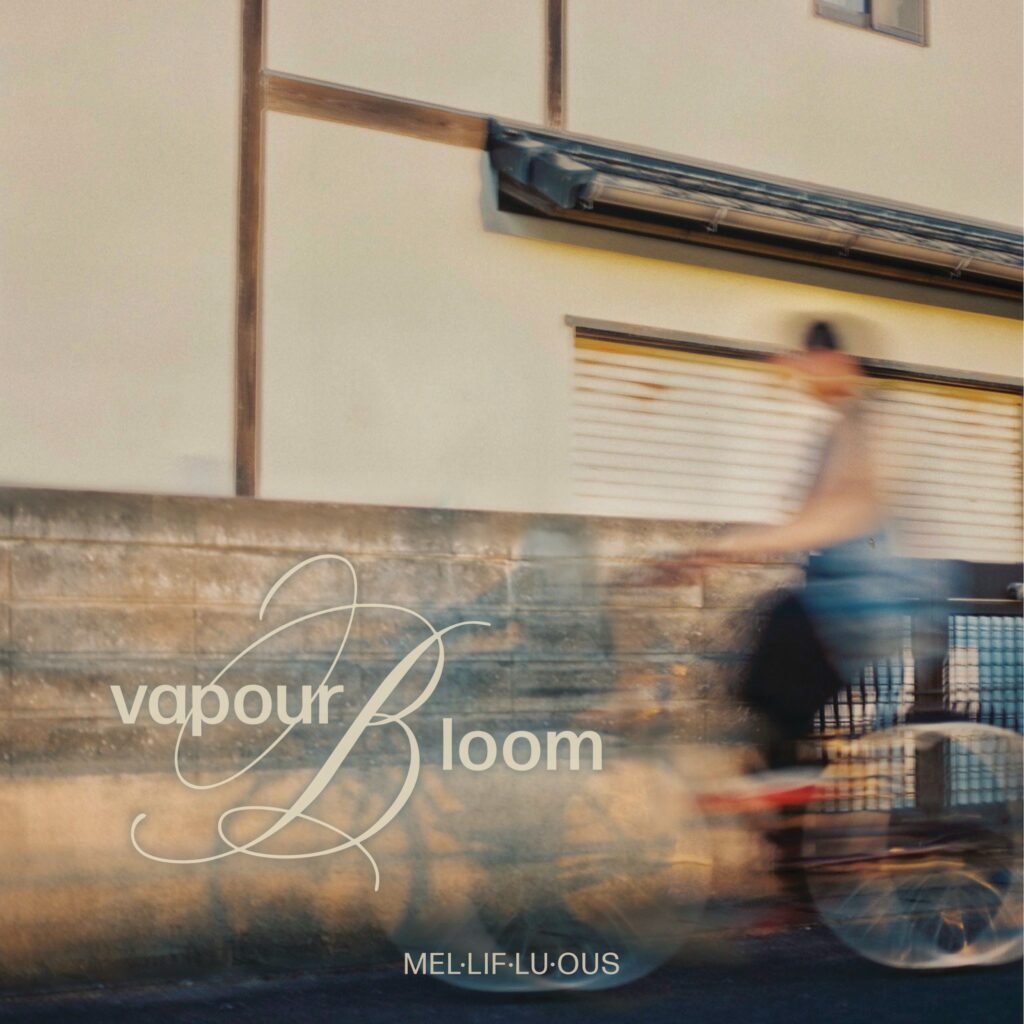
Melting the boundary of past and present, trails of echo shimmer into the now, reflecting the fleeting, dissolving nature of memory.
These are textures of shared glances, fading laughter, quiet departures—drifting like smoke or sighs. Memory flickers in and out of focus, soft at the edges, glowing just long enough to feel. It moves like a half-thought, a mist that rises and dissolves in the same breath—echoes of touch, voice, presence that once filled a room and now linger in traces.
The Earth is keeper of memory, carrying the hum of deep forests and the quiet rhythm of unseen things, summoning the breath of sleeping soil.
The Earth holds what we forget. Beneath stone and soil, she gathers our stories in silence, speaking in tremors, in moss hush, in the exhale of trees. It reaches into the dark beneath thought, where memory is felt—low, resonant, alive. These are the pulses we carry unknowingly: water under rock, roots threading through time. A voice older than language, reminding us that to remember is not to think, but to return.
fragment – embodied echo
a shift something stirs
not language
nor thought
just the arc of a breath
you forgot to take
fragment II – before thought
the bones
they hum first
next the air
then a shimmer slipping
like light through water
the pulse
and the flesh sings
what the mind rearranges
pulse before pattern
rhythm before thought
A melody that rises
every time you’re quiet
fragment III – dissonance held
a glint in the dark
voice split
and shimmering
like breath remembered
in the hollow of ribs
fragment IV – final stillness
this isn’t music
it’s breath caught
let it steep in skin
until the body hums
and the mind
finally listens
fragment I – the thinning
sounds that linger
at the edge
Half-heard half-holding on
a thought that ends
before it starts
fragment II – the held absence
Words are left unspoken
caught in the air
a breath suspended
between us
then gone
the pulse
a spark we choose to light
a pulse we breathe to life
a hum that rises
with our breath
silence in the air
a shadow that we walk toward
a voice we call by name
a sound stripped and bare
a voice ascending, thin as air
fragment III – the soft haunt
names erased
by the wind
a sound without a trace
returning
through hollow,
open space
fragment IV – the invocation
this is what memory
left behind
fragment I – preservation
a voice stilled in
mid-sentence
held in light
the color of forgetting
gently
fragment II – memory’s resin
not gone just paused
a hush
a breath
preserved
with its ache intact
fragment III – signal
fragments of song
static-laced
looping
like someone calling
from an old radio
the pulse
listen closely
the warmth you feel
is a voice
remembering you
fragment IV – artifact
it does not speak
it hums
it does not ask
it stays
resting in the hollow
between generations
final – stillness
amber of voice
sing me
without sound
until I glow
with what I’ve
almost
forgotten
fragment I – threshold
what time is this
when your breath
reminds you
of something
you never named?
fragment II – shimmer
the past melts
into now
like mist
on skin
you inhale
what was
without knowing
fragment III – breath trace
a sigh
echoed
through the frost
or memory
half-formed
half-forgotten
fragment IV – dissolve
you are standing
in something
that is
already
leaving
fragment I – inheritance
your breath is not your own
it came from lungs
long vanished
settled in the hush
still breathing through
root and stone
through you
through us
fragment II – body echoes
the ground remembers
what the mind never learned
layers of silence
and centuries of hush
feel the pull
of something older than you
than me
than us
the pulse
listen with skin,
with bone, with breath
that rise from the earth
fragment III – stillness
from the dark
ancient and slow
soft with time
lie close and you’ll hear it
the hush between roots
the breath between stones
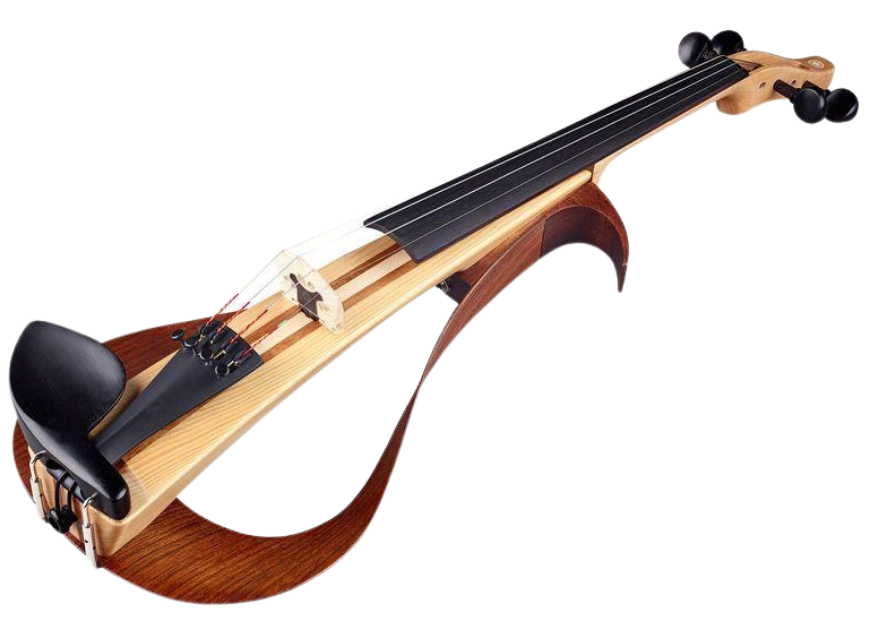
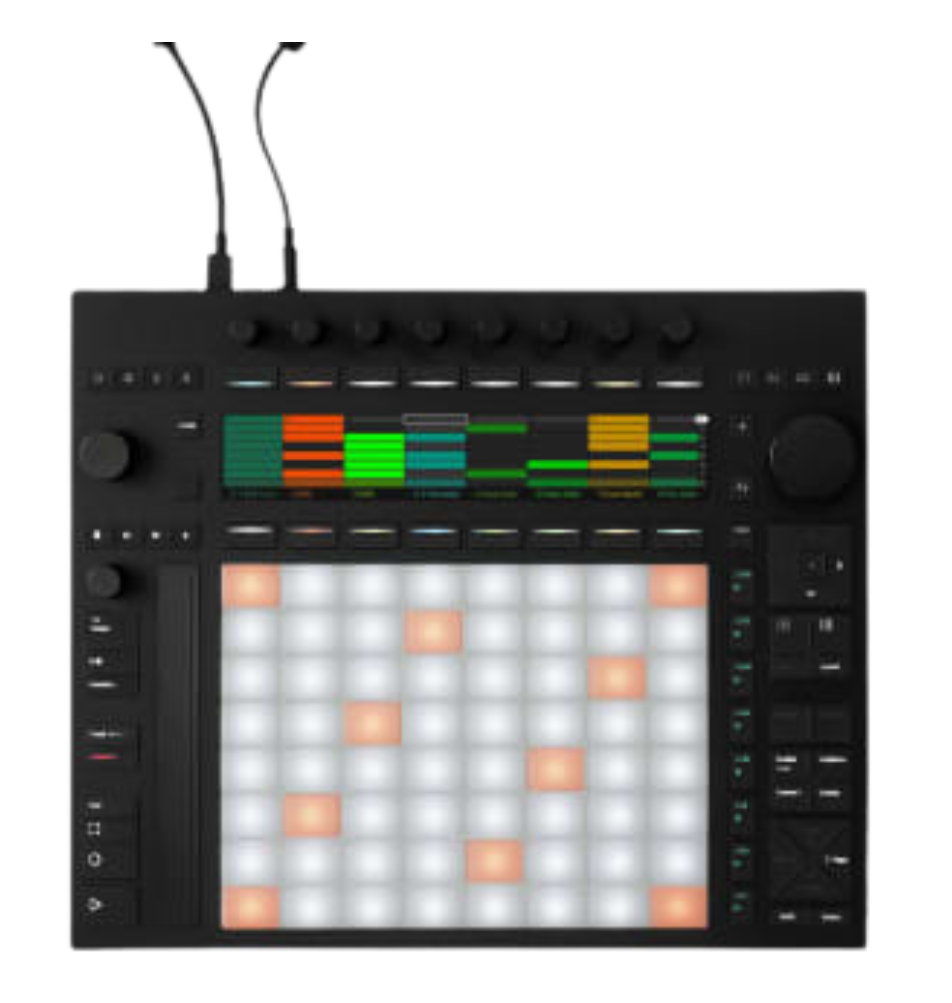
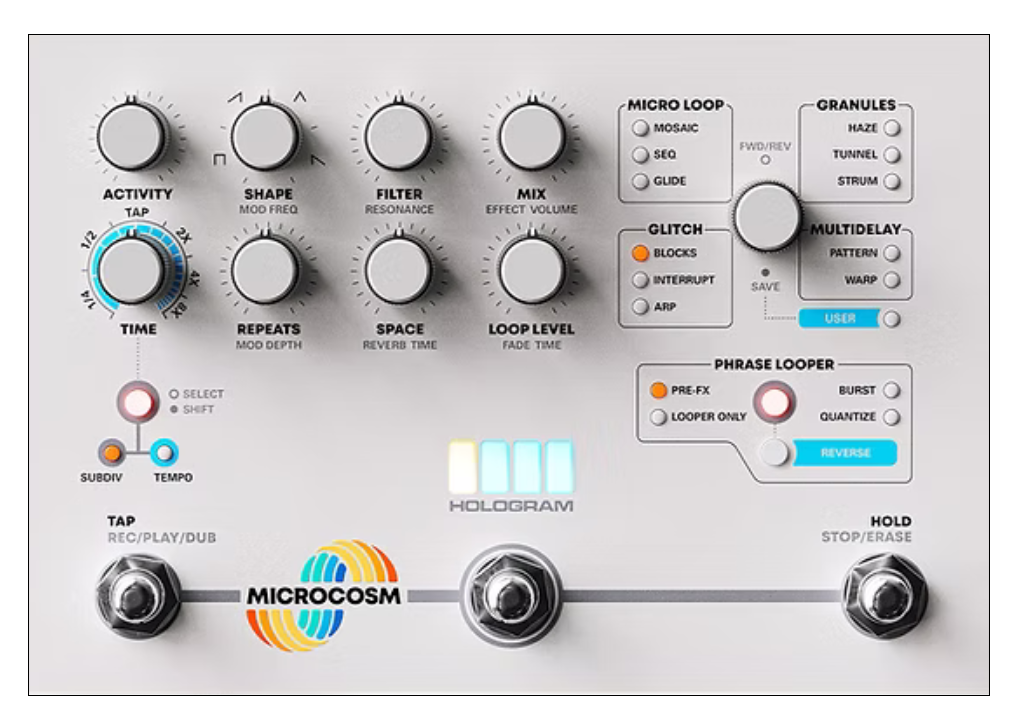
Traditionally, an apothecary was a medical practitioner—part pharmacist, part healer—who prepared and dispensed remedies from herbs, minerals, and other natural elements. Their shops brimmed with tinctures, salves, and elixirs, each carefully labeled and stored in glass jars or wax-sealed bottles. Long before modern medicine, apothecaries were trusted community caretakers, blending science with folk knowledge to tend to both body and spirit.
But these spaces—dating back to ancient Greece, Rome, China, and the Islamic world—were more than functional. They were vessels of curiosity, preservation, and hope. Within them lingered a quiet magic: the kind found in murmured incantations, secret formulas, and the belief that something unseen might still mend the broken.
Over time, the apothecary evolved into the modern pharmacist. But in that transformation, something intimate—and sacred—was left behind.
In Wildroot & Amber, the apothecary reappears—not as a place of cures, but as a keeper of moments.
Not a promise to heal, but a way to remember.
Not a pharmacy, but a sonic shelf.
Each sound a trace.
Each fragment, a container.
I do not offer remedies.
I offer relics. Whispers. Potions made of memory and sound.
In Wildroot & Amber, the apothecary becomes sonic: a collection of sounds, fragments, and touch-triggered traces. These are not prescriptions, but offerings—preserved moments, forgotten voices, echoes from unseen worlds.
If you find meaning, if something stirs—let that be yours.
Visuals by Angela Luo
Each single will feature artwork by Angela Luo, a multidisciplinary artist I met during my time in Japan. Angela is based in Queens, New York, and currently studying architecture at Cooper Union. Her background spans real estate, tech, and fashion, but she’s now focused on how design touches society at every turn. She creates through writing, sculpture, photography, painting, and poetry — always seeking to translate the ineffable into something tangible. Her visual interpretations of Wildroot and Amber are rooted in the same quiet, unfiltered honesty that guided the music.
You can explore her work here: angelaluo.com







